
This stunning work of century-old architecture has given its last tour allowing people access to never-before-seen parts of the facility.
During the Meiji period, when Japan was going through a series of cultural upheavals, the Five Big Prisons of Meiji were constructed in various locations around Japan. Perhaps the most famous is Nara Juvenile Prison, a sprawling red-brick complex in one of Japan’s most historic cities.
However, after 109 years in service, Nara Juvenile Prison officially closed completely in March of this year. And starting this month is a plan to convert the correctional facility into a hotel by 2020.
As one last hurrah, the prison opened to the public one last time on 16 July. And unlike other tours of the security complex, this one offers a look at the never before seen prisoners’ quarters, seeing as the prisoners aren’t around any more.
Our reporter K. Masami braved the heat to get a first-time look at these secretive areas. It proved not to be easy, however. Although Nara is famous for its historical sites, it usually doesn’t draw the types of crowds you might find in Disneyland.
But this time that was definitely not the case.
Our writer estimated about 10,000 people visited Nara Juvenile Prison on that day, making it one of the very few times that people were flocking to get inside a prison. Not only that, but it was a scorching hot day as well, poor conditions for Masami to have a grueling three-hour wait in line.
Luckily, inside the prison wasn’t nearly as hot, but the air felt very heavy there. Masami assumed this to be from the distinct lack of sunlight let inside.
However, some of the cells offer nice enough vistas.
Even from the outside, guards could get a good look at which cell was which because they painted their numbers on the wall.
Some of the dark parts of the prison’s past could be seen with these buildings once used to isolate prisoners who had mental illnesses.
But there were also brighter moments like this monument to self-reformation and the fact the inmates had a swimming pool.
Getting access to the cell blocks for the first time, Masami could see the wire grating that allowed guards to watch what was going on both floors at the same time.
It also surrounded the central jailers’ office. She could imagine that this design must have been state-of-the-art back in 1908.
The 10-centimeter (four-inch) thick wooden doors kept inmates in their cells. They looked heavily aged but strong as ever and had tiny holes for the food to go in.
In the near future these cells will become the guest rooms for the hotel that would occupy this former correctional facility. Some might see this as exploiting the past, but with a structure this large, ornate, and old, maintenance costs had become unbearable.
▼ Probably no one will miss the authentic urinals anyway.
It also solves a major issue with the tourist economy of Nara: Although the city is full of historical sites, accommodation is seriously lacking. Developing in the area is also a nightmare because of the high chance of accidentally digging up something of historic value, thus making new hotels extremely difficult to build.
So, as crass as it may seem, converting these architectural masterpieces into viable businesses – if done right – is probably the best solution for Nara to preserve the past and stay afloat in the future.
Photos ©SoraNews24
[ Read in Japanese ]

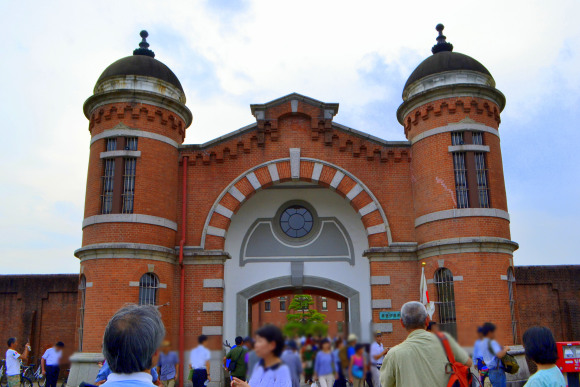

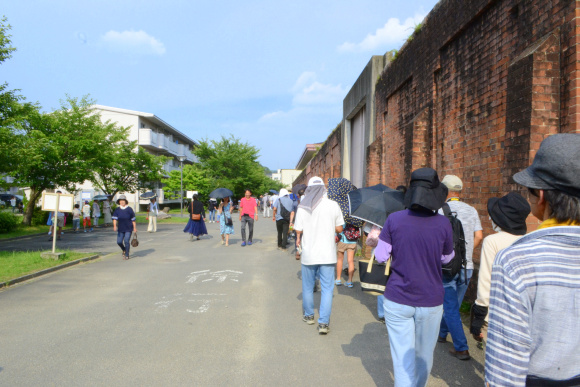
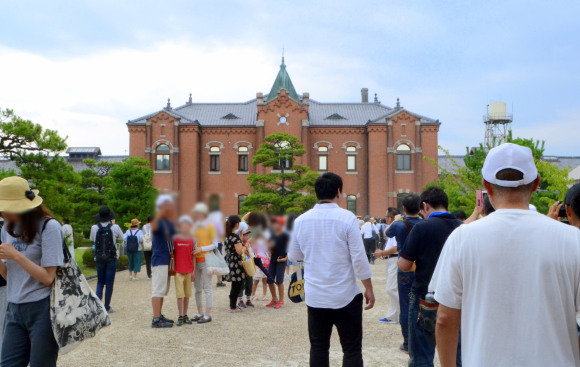
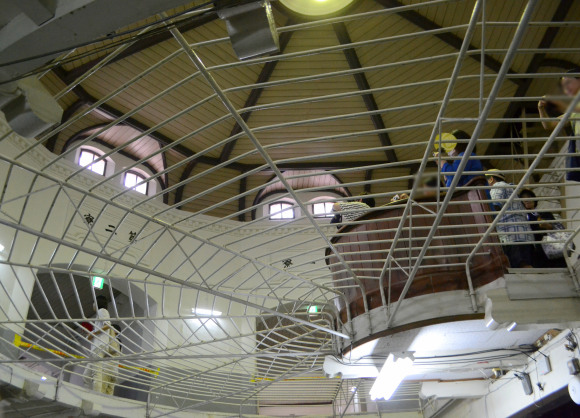
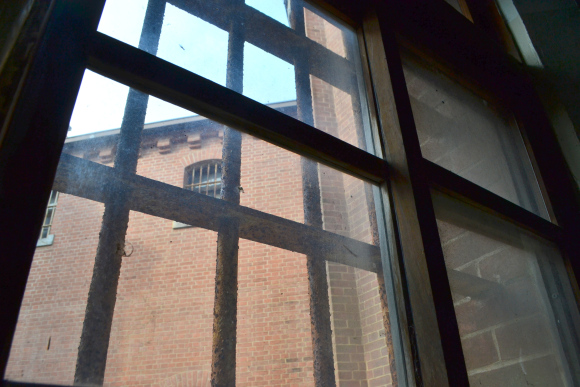
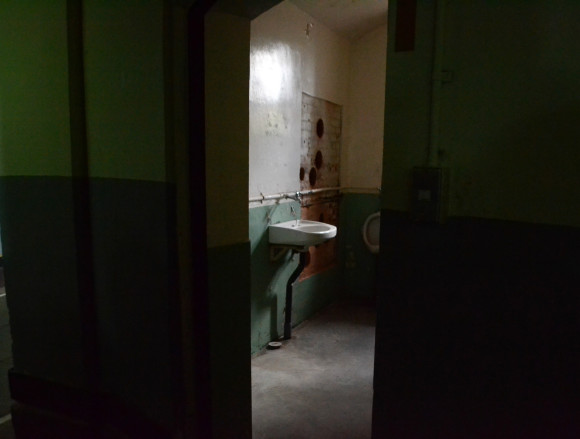
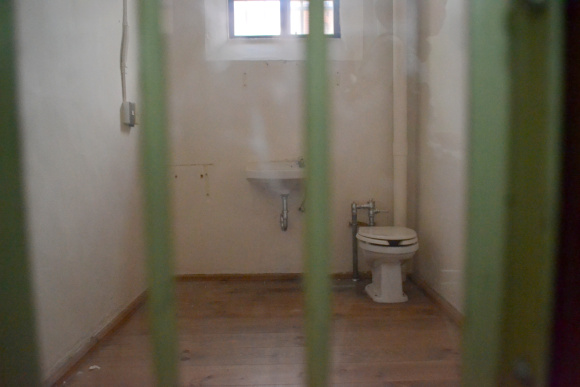
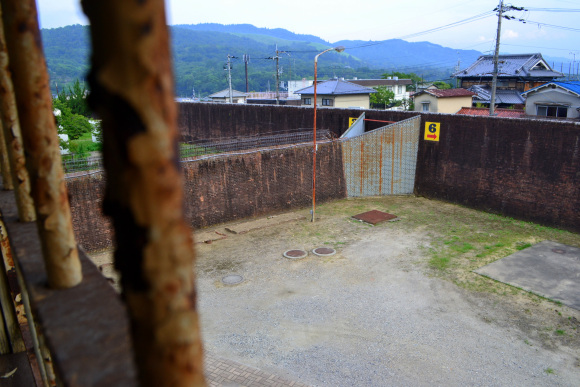
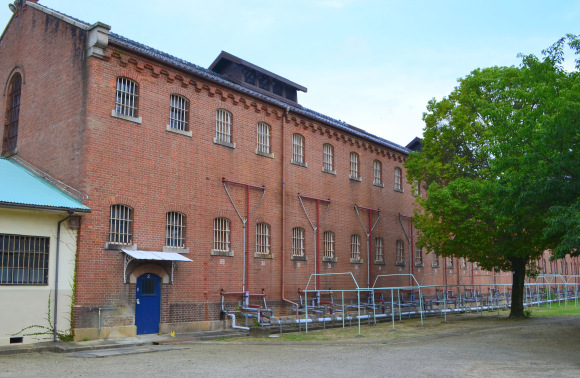
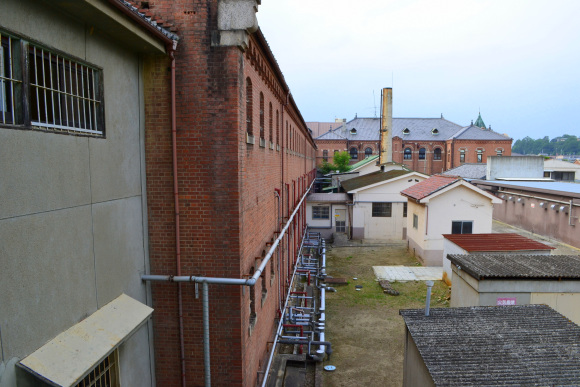
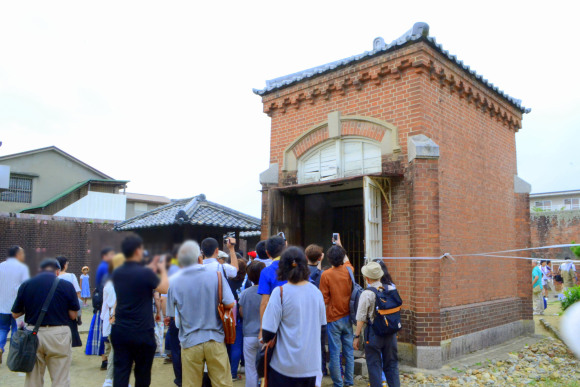
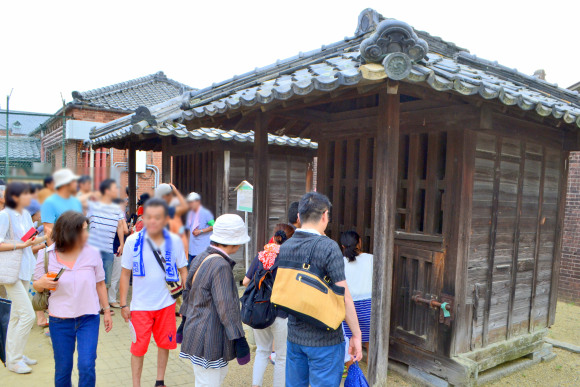
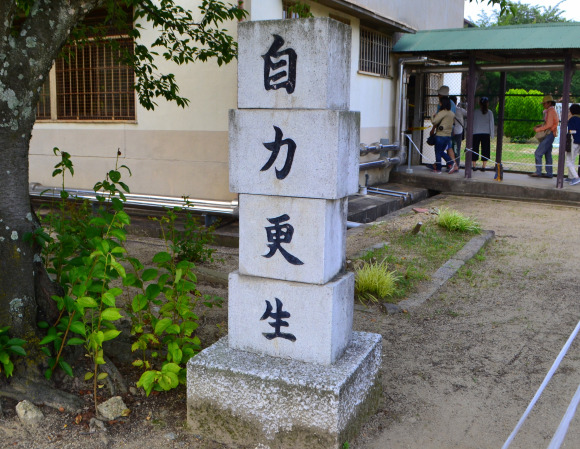
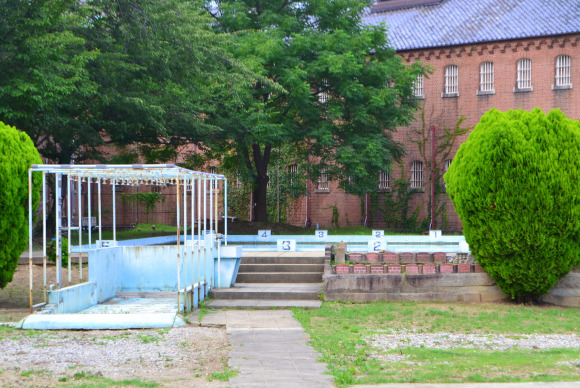
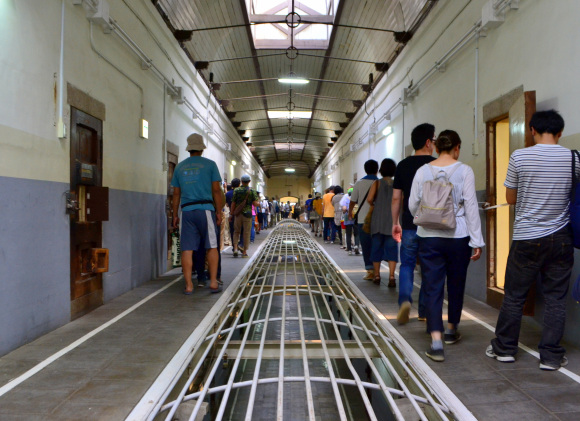
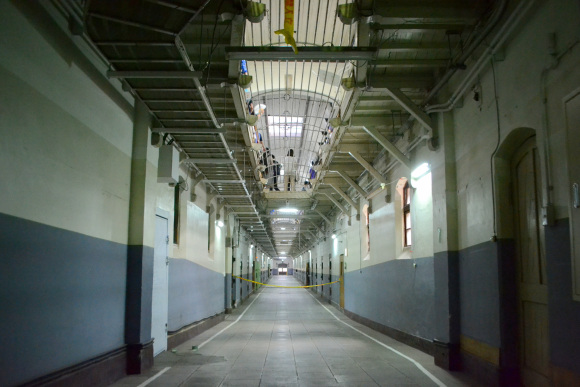
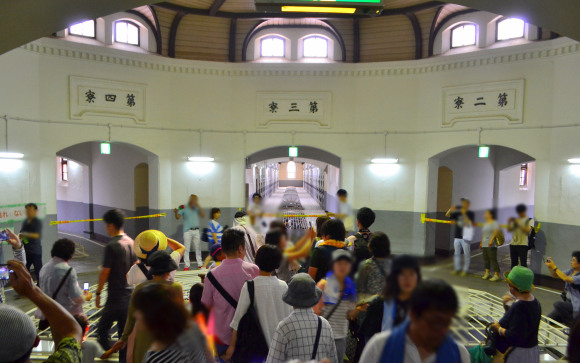
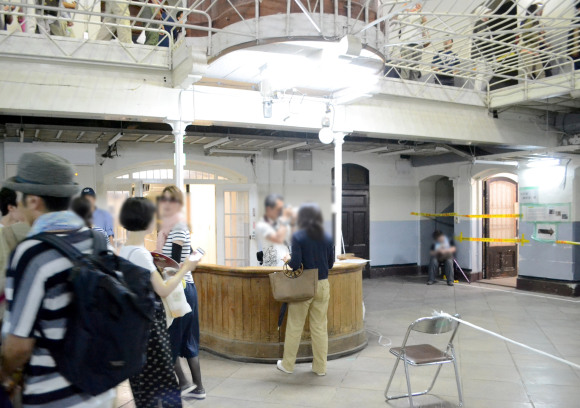
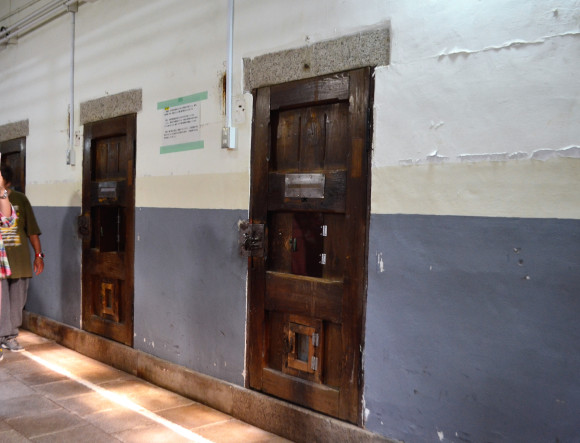
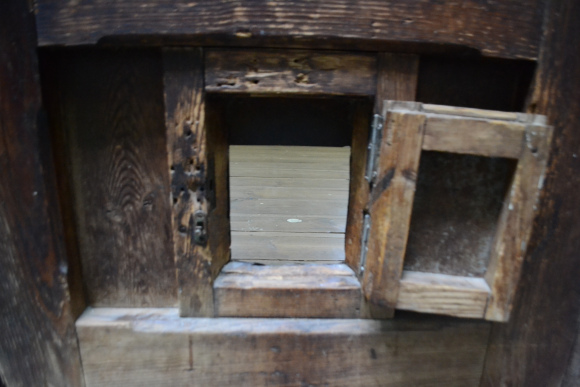

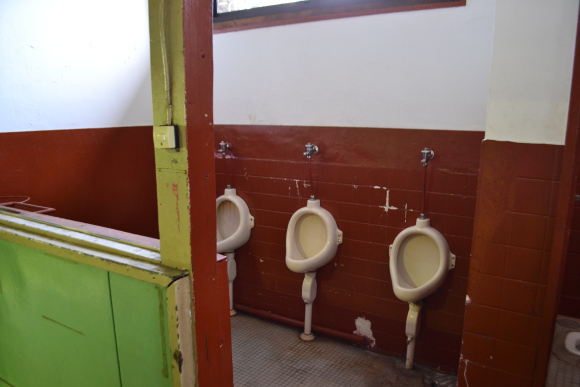
 Stay at the Nara Juvenile Prison hotel in Japan in 2020
Stay at the Nara Juvenile Prison hotel in Japan in 2020 Nintendo DS on the menu as Japanese prisons get creative to keep ageing prisoners’ brains active
Nintendo DS on the menu as Japanese prisons get creative to keep ageing prisoners’ brains active Runny curry, no pudding spoons among complaints of Japanese prison inmates
Runny curry, no pudding spoons among complaints of Japanese prison inmates We spend Culture Day in prison, food was arguably better than Yoshinoya
We spend Culture Day in prison, food was arguably better than Yoshinoya Akihabara pop-up shop sells goods made by Japanese prison inmates
Akihabara pop-up shop sells goods made by Japanese prison inmates American gun owner opens our eyes to a different way of life in Tokyo
American gun owner opens our eyes to a different way of life in Tokyo Nintendo’s controller capsule toys are so cool, even the machine you buy them from is awesome【Pics】
Nintendo’s controller capsule toys are so cool, even the machine you buy them from is awesome【Pics】 What’s it like in Shibuya on Halloween this year?
What’s it like in Shibuya on Halloween this year? Starbucks Japan unveils new Holiday goods for 2024
Starbucks Japan unveils new Holiday goods for 2024 New Akita Inu and Hachiko marshmallows are the best and squishiest souvenirs from Japan
New Akita Inu and Hachiko marshmallows are the best and squishiest souvenirs from Japan Burger King Japan creates Kyoto Whopper, its most Japanese burger ever, with Kyoto rice merchant
Burger King Japan creates Kyoto Whopper, its most Japanese burger ever, with Kyoto rice merchant We try carving a Halloween pumpkin… to eat【SoraKitchen】
We try carving a Halloween pumpkin… to eat【SoraKitchen】 The Vatican now has an official anime-style mascot character【Video】
The Vatican now has an official anime-style mascot character【Video】 What 1,000 yen can get you at McDonald’s in Japan right now
What 1,000 yen can get you at McDonald’s in Japan right now How to power up the coolest cheap souvenir from Nintendo’s official shop with a trip to Daiso
How to power up the coolest cheap souvenir from Nintendo’s official shop with a trip to Daiso Tokyo Disneyland loses top-attendance crown for Japanese theme parks for second year in a row
Tokyo Disneyland loses top-attendance crown for Japanese theme parks for second year in a row Foreign man arrested for grabbing former AKB48 idol on Tokyo street, forcing her to ground
Foreign man arrested for grabbing former AKB48 idol on Tokyo street, forcing her to ground Starbucks Japan unveils new limited-edition Christmas menu at Reserve Roastery Tokyo
Starbucks Japan unveils new limited-edition Christmas menu at Reserve Roastery Tokyo Non-tourist trap fish market in northeastern Japan captures our hearts with amazing sashimi
Non-tourist trap fish market in northeastern Japan captures our hearts with amazing sashimi McDonald’s Japan debuts new anime girl mascot character with incredibly long name
McDonald’s Japan debuts new anime girl mascot character with incredibly long name Adorable Totoro embroidered bags return with anti-reselling protection in place【Photos】
Adorable Totoro embroidered bags return with anti-reselling protection in place【Photos】 Kyoto becomes City of Yokai, with Night Parade of One Hundred Demons festival this autumn
Kyoto becomes City of Yokai, with Night Parade of One Hundred Demons festival this autumn Japan’s newest life-size Gundam is finished, receives Shinto blessing in Osaka【Video】
Japan’s newest life-size Gundam is finished, receives Shinto blessing in Osaka【Video】 One of Japan’s most awesome rail passes, the Seishun 18 Ticket, just got a lot less awesome
One of Japan’s most awesome rail passes, the Seishun 18 Ticket, just got a lot less awesome Japanese convenience store Family Mart announces abolishment of eat-in spaces
Japanese convenience store Family Mart announces abolishment of eat-in spaces Studio Ghibli releases new insect whistle necklace from Nausicaä of the Valley of the Wind
Studio Ghibli releases new insect whistle necklace from Nausicaä of the Valley of the Wind Totoro sequel anime Mei and the Baby Catbus will screen at Ghibli Park this winter
Totoro sequel anime Mei and the Baby Catbus will screen at Ghibli Park this winter Starbucks Japan unveils Halloween Frappuccino for 2024, and it’s like drinking a magic spell
Starbucks Japan unveils Halloween Frappuccino for 2024, and it’s like drinking a magic spell Evangelion creator Hideaki Anno returning to anime with new project for 50-year-old franchise
Evangelion creator Hideaki Anno returning to anime with new project for 50-year-old franchise Studio Ghibli releases new Howl’s Moving Castle goods that capture the magic from the anime movie
Studio Ghibli releases new Howl’s Moving Castle goods that capture the magic from the anime movie Adult Jam Bread causes a stir at store in Tokyo
Adult Jam Bread causes a stir at store in Tokyo McDonald’s new Happy Meals offer up cute and practical Sanrio lifestyle goods
McDonald’s new Happy Meals offer up cute and practical Sanrio lifestyle goods Foreign tourists on Shinkansen bullet train break suitcase etiquette, angering local passengers
Foreign tourists on Shinkansen bullet train break suitcase etiquette, angering local passengers [Deleted] Article written for April Fool’s Day 2018
[Deleted] Article written for April Fool’s Day 2018 Japanese government to make first change to romanization spelling rules since the 1950s
Japanese government to make first change to romanization spelling rules since the 1950s Foreigner’s request for help in Tokyo makes us sad for the state of society
Foreigner’s request for help in Tokyo makes us sad for the state of society Ghibli founders Toshio Suzuki and Hayao Miyazaki contribute to Japanese whisky Totoro label design
Ghibli founders Toshio Suzuki and Hayao Miyazaki contribute to Japanese whisky Totoro label design Tokyo’s most famous Starbucks is closed
Tokyo’s most famous Starbucks is closed Princesses, fruits, and blacksmiths: Study reveals the 30 most unusual family names in Japan
Princesses, fruits, and blacksmiths: Study reveals the 30 most unusual family names in Japan Doraemon found buried at sea as scene from 1993 anime becomes real life【Photos】
Doraemon found buried at sea as scene from 1993 anime becomes real life【Photos】 Japanese hotel that hosted last four emperors offering rooms for fraction of their regular price
Japanese hotel that hosted last four emperors offering rooms for fraction of their regular price Deer in Nara Park mysteriously disappear during this year’s shikadamari season
Deer in Nara Park mysteriously disappear during this year’s shikadamari season Japanese company proposes Marie Kondo as mascot for new “Spark Joy” police taser weapons
Japanese company proposes Marie Kondo as mascot for new “Spark Joy” police taser weapons Japanese prison mascot appears in children’s colouring book made by prison inmates
Japanese prison mascot appears in children’s colouring book made by prison inmates Capsule hotel in Tokyo offers spa stay, with sauna and infrared foot bath to wash stresses away
Capsule hotel in Tokyo offers spa stay, with sauna and infrared foot bath to wash stresses away Amazing pics from Kyoto/Nara “bullet tour” show no matter how tight your schedule, you should go
Amazing pics from Kyoto/Nara “bullet tour” show no matter how tight your schedule, you should go Nara deer shikadamari phenomenon continues to baffle visitors at Nara park
Nara deer shikadamari phenomenon continues to baffle visitors at Nara park Deer in Nara Park outnumber visitors, display baffling summer gathering behaviour
Deer in Nara Park outnumber visitors, display baffling summer gathering behaviour Nara deer shikadamari mystery deepens as tourists return to Nara park
Nara deer shikadamari mystery deepens as tourists return to Nara park Nara hotel with hot spring baths by imperial palace site is a reason to remember the prefecture
Nara hotel with hot spring baths by imperial palace site is a reason to remember the prefecture Dress like an aristocrat from the Nara period at new costume rental shop in Nara【Photos】
Dress like an aristocrat from the Nara period at new costume rental shop in Nara【Photos】 Thinking about moving to Nara? Here are eight things that may surprise you!
Thinking about moving to Nara? Here are eight things that may surprise you! Kyoto losing its luster as a school trip destination as tourist crowds continue to swell
Kyoto losing its luster as a school trip destination as tourist crowds continue to swell Wanna win a Nintendo Switch? You can with this gigantic gacha capsule machine in Nara【Photos】
Wanna win a Nintendo Switch? You can with this gigantic gacha capsule machine in Nara【Photos】 Japanese prison offers manga background work program, artwork offered online【Pics】
Japanese prison offers manga background work program, artwork offered online【Pics】
Leave a Reply